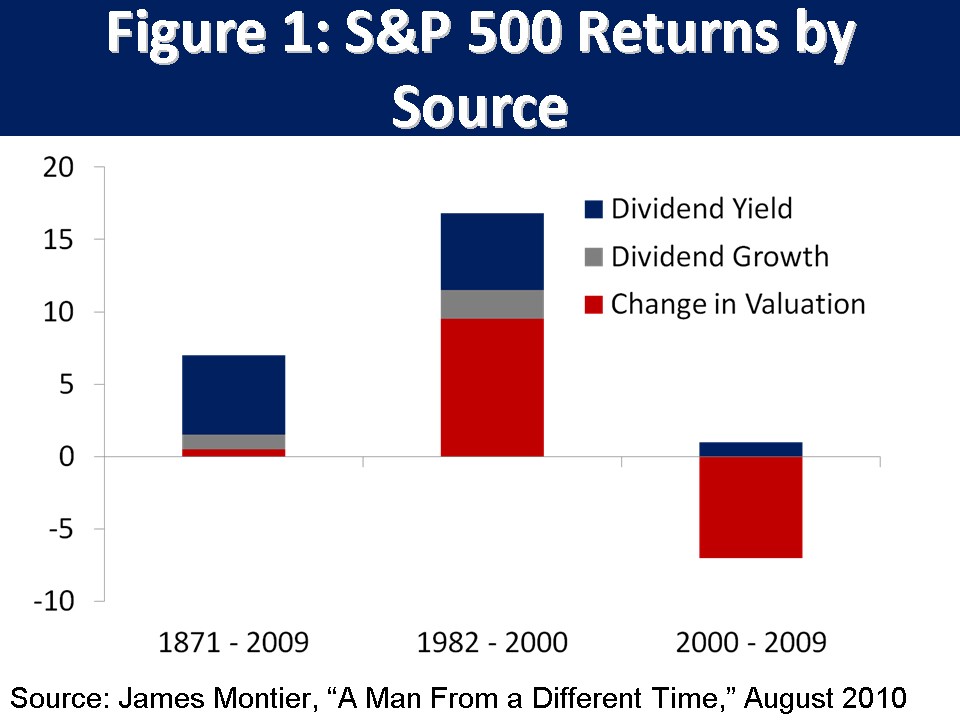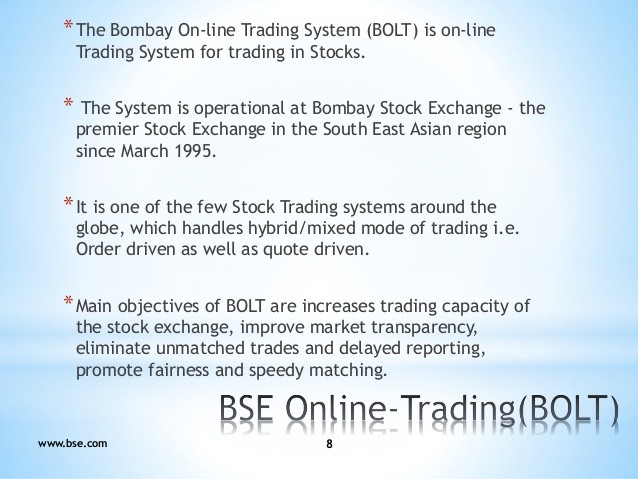ETFs investment strategies for beginners
Post on: 14 Июнь, 2015 No Comment

July 8, 2012 at 10:00 am by Richard Rittorno
Last week we looked at investing in Exchange Traded Funds , commonly known as ETFs. Now I want to review a couple of strategies for ETFs to hopefully spark some more ideas. ETFs are a valuable tool in a retail investors toolbox, especially for those just starting out. Many readers may be familiar with mutual funds from their 401ks or other investments. There are a lot of great mutual funds out there, but I think with just a little work you can beat these funds.
One issue with mutual funds you do not find in the ETF world, is that a mutual fund is typically actively managed. What can happen over time is the fund manager shifts their focus in the fund or even reduces the amount of stock owned with the fund. The industry calls this style drift.
The term says it all: the fund managers investing style may drift and the problem is you never know until it’s too late that your mutual fund drifted from a non-aggressive fund to an aggressive fund. The other big issue is a buyer of the fund has little visibility of which stocks are actually being purchased. This can be a big problem in large market corrections.
I know so many people who were clobbered in their 401ks when they purchased a family of mutual funds that had varying degrees of technical exposure. What they did not know was a large subset within the mutual funds had the same stock, and when the tech bubble popped in 2000 so went the 401ks.
The single largest advantage ETFs have over mutual funds is that ETFs are traded like stocks. They are continually traded throughout the day, and ETFs’ net asset value (NAV) is calculated throughout the day. A mutual fund NAV is calculated at the end of the day and priced for the opening of the next trading session. This means you provide your broker with x dollars based on the previous NAV and they will purchase shares of the mutual fund on the open of the following session.
It’s this single advantage that makes me say you can beat the mutual funds.
This single advantage allows you take advantage of large market catalysts, allowing ETF traders to buy during the day either ahead of, or on an event, and be able to exit during the day ahead of the mutual funds and lock in profits before the catalyst move fades. With a mutual fund, you are effectively buying after the event and selling after a move begins to fade. The time horizon could be days, weeks, or months but the advantage is there. The mutual fund trader may also pay penalties for early liquidation and commissions on shares within the fund.
Let’s look at a couple of easy ways that beginners can start off using ETFs.
I use the words position trading vs. investing as I want you to understand the days of buy and hold are long gone. I’m not suggesting you cannot maintain a position, but rather that you need to continuously evaluate the position against your risk tolerance and the reason why you are in the position.
With that said, one strategy that works well for beginners in both ETFs and those just starting in equities is to use ETFs as your main investment vehicle. ETFs trade just like stocks on the U.S. exchanges and are constructed in many different ways to provide exposure to the entire equity market: sectors, commodities, bonds, indexes, currencies, foreign markets, emerging markets and even directional. All without having to buy the underlying assets directly, and at a fraction of the expense by saving on numerous commissions and multiple account types such a Forex account or futures account.
ETFs make it easier to create a diversified portfolio across multiple sectors, and even within sectors, with their transparency allowing ETF investors to easily understand the construction of the ETF.
ETF investing does not excuse you from homework however. You must understand how the ETF is constructed, what is on the inside ETF, and be aware of market conditions on the effects of your ETF. Very few ETFs are actually diversified making it very important the individual investor understands the weight assigned to each asset within the ETF.
Many ETFs represent whole sectors of the market, and it’s this aspect of ETFs that provide investors an advantage in what is known as sector rotation. Ever hear of the Santa Claus trade? It’s the time of the year retail stocks can rocket up, or in some cases, miss the market and crash.

The problem is which companies will do the best? Buying four or five stocks can be costly in commissions, not counting spreading capital across four or five different companies, only to have one or two of the companies prosper while the others falter or worse yet, move lower.
A retail sector ETF can help balance your capital across the sector and reap the benefits of the entire retail sector as a whole. Again, it is important to realize how your ETF is constructed and to understand the weight given to individual stocks, and if there is a dominant stock in the ETFs construction, that you understand the risk of having a larger exposure to that particular retail stock.
ETF’s also help give you the ability to rotate into cyclical or non-cyclical stocks based on the current economic cycle. ETF traders have an easier time rotating in and out of risk-on and risk-off conditions as well.
The final strategy I want to point is using ETFs as a hedge against stock positions. Since ETFs trade like a stock, they can also be shorted, giving you the ability to short a particular sector ETF against long stock exposure within your portfolio. The same is true for short positions within your portfolio.
Don’t like the idea of shorting an ETF? Thats ok. Many ETFs trade as options as well, allowing you to purchase Put options contracts and define short position risk up front.
Let’s use an obvious example. If you picked up several banks stocks this year such as JP Morgan (JPM. quote ) or Bank of America (BAC. quote ), thinking some of these names are at record lows but you want some insurance against further downside, a financial sector ETF short position, or Put position, can protect against further downside. Typically if your banks stocks are sliding further, so will the ETF, allowing a profit in the short position. The profit from the hedge then can be used to gain additional shares, allowing the position to grow.
Bottom line. ETFs can be easy to use and trade like a stock, giving distinct advantages over mutual funds and even equities, which helps beginners balance a portfolio more like a professional. ETFs can also be used to set up balanced fixed income portfolios for those getting ready to, or who are already retired. The world of ETFs has really grown in the last decade, giving the beginner and retail investor a powerful tool at low cost.














